The Midwest Region of Brazil, formed by the states of Goiás, Mato Grosso, Mato Grosso do Sul and the Federal District, has a total of 14,058,094 inhabitants, according to the IBGE (Brazilian Institute of Geography and Statistics) demographic census. , 2010.
In the region, there is a cultural diversity richly influenced by indigenous, Bolivian and Paraguayan cultures.
In addition, the Midwest was influenced by the cultural aspects of numerous migrants, due to the borders it makes with all other parts of Brazil - Northeast, North, Southeast and South, a fact that does not occur in any other region.
Parties of the Midwest Region
Discover the main popular festivals that are part of the culture of the Midwest Region of Brazil.
Horseback
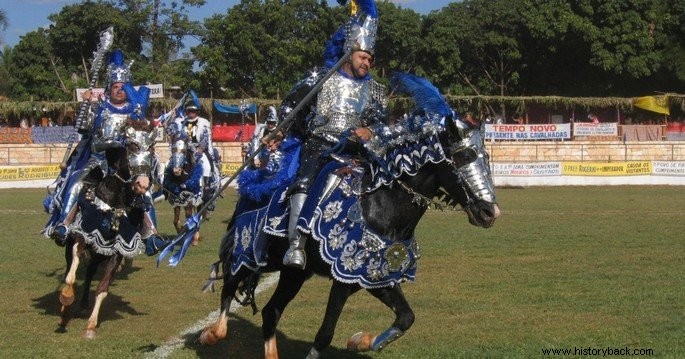
The Cavalhada It is the most popular festival in the region. It is a re-enactment of a medieval battle held outdoors, where a group of knights are dressed in blue, representing the Christians, and a group of knights are dressed in red, representing the Moors.
The party lasts for three days, and the outcome is the victory of the Christians over the Moors and their conversion to Christianity.
In Pirenópolis, the party is a tourist attraction and takes thousands of people to the State of Goiás.
Firefire
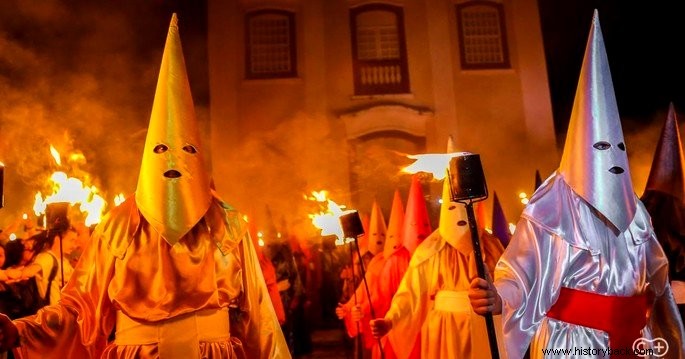
The Firefire it is another important festival typical of the Central-West region that also takes place in Goiás and is a tourist attraction. It is a procession in which the arrest of Jesus is staged and, therefore, takes place during Holy Week.
Other parties in the Midwest Region
In addition to Cavalhada and Fogaréu, the following parties are also celebrated.
- Revelry of Kings
- Feast of the Divine
- Feast of Saint Benedict
- Pilgrimages of the Divine Eternal Father
- Catalan Congada
- Our Lady of the Navigators
Dances of the Midwest Region
Check below a selection of the main dances present in the cultural manifestations of the Central-West Region.
Siri
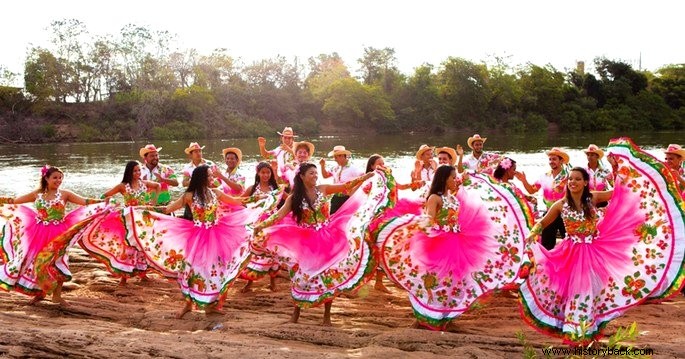
Of a religious nature, it is danced by men and women, including children, to the sound of the ganzá, the mocho and the viola de cocho (a typical instrument of the region and recognized as a national heritage).
When dancing, the participants appear to be playing indigenous games.
See also:Folk DancesCururu
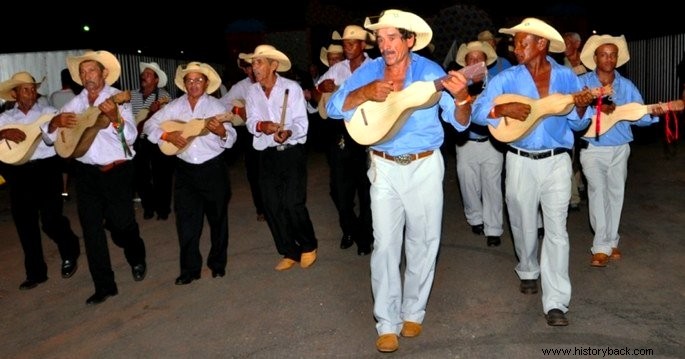
The caruru is danced exclusively by men, to the sound of the viola de mocho, the reco-reco and the ganzá, as well as the challenge of the repentistas - a legacy of migrants from São Paulo.
Also of a religious nature, it is present especially in the feasts of the Holy Spirit.
Other typical dances of the Midwest Region
- Catira or Cateretê
- Cupim
- Cirandinha or Sarandi
- Xote
- Drum
Music from the Midwest Region
Discover the typical musical styles of the Center-West of Brazil.
- Country music*
- Viola fashion
- Scratched
- Guarania
- Punk
- Rock
* country music is the main musical expression of the Midwest.
See also:Folk SongsClothing from the Midwest Region
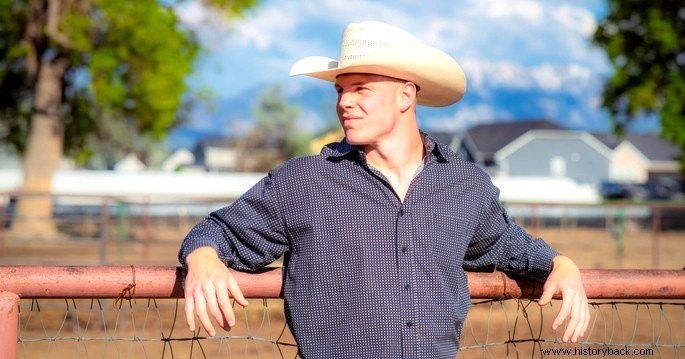
In general, the clothes used in the Midwest are as urban as those used in the rest of the country, that is, there is no specific typical attire.
However, due to the importance of sertanejo in the Midwest, some trends are more popular in this region than others.
This is the case, for example, with the use of hats, boots, tight pants, leather jackets/vests, belts with large buckles, plaid shirts, among others.
See also:Midwest RegionPlays from the Midwest Region
Discover the most traditional games in the Midwest.
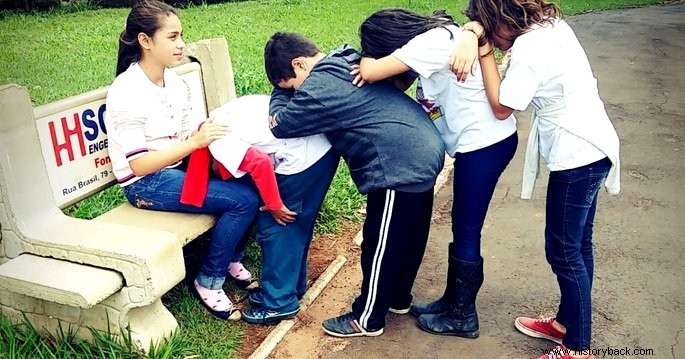
- Coffin Scales
- English chocolate
- Fruit, fruit, fruit
- Wireless phone
- Butter bar
- Chicken, chick and fox
Cuisine of the Midwest Region
Since the agriculture of the Midwest Region is rich in the cultivation of corn, rice and manioc, many of the typical dishes of its gastronomy are based on these ingredients.
Rice with pequi
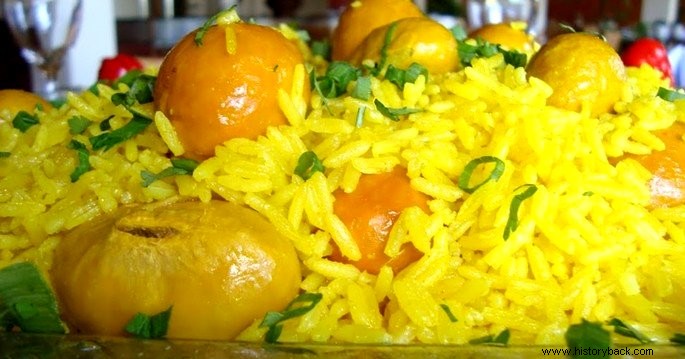
Rice with pequi is a very popular dish in the region, especially in the culture of Goiás. The pequi is a fruit that is usually eaten pure, with chicken or with rice.
Cassava cake
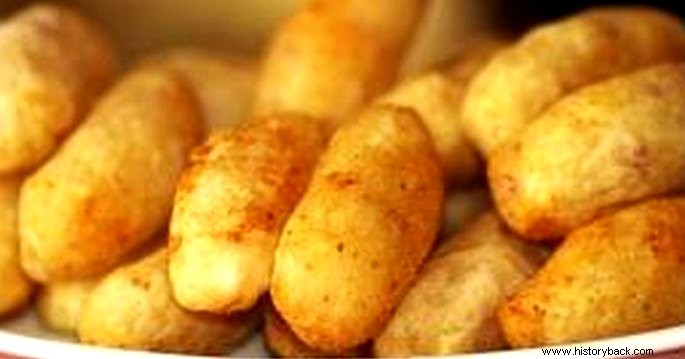
Cassava dumplings are usually filled with ground beef, jerky or cheese.
Rice Cake
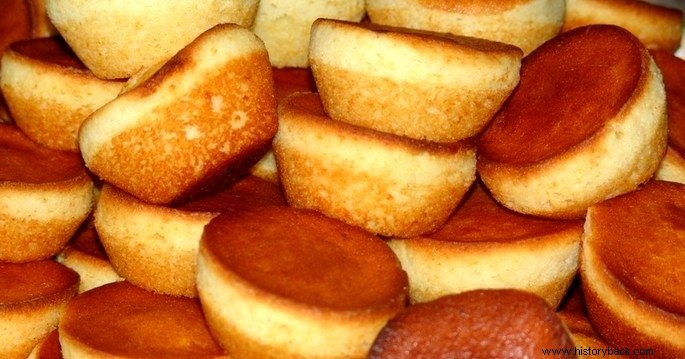
Rice cake is a very popular delicacy in Cuiabá, Mato Grosso. In addition to rice, other ingredients used in its preparation are manioc, coconut, cinnamon, butter, sugar, salt and yeast.
Chipa
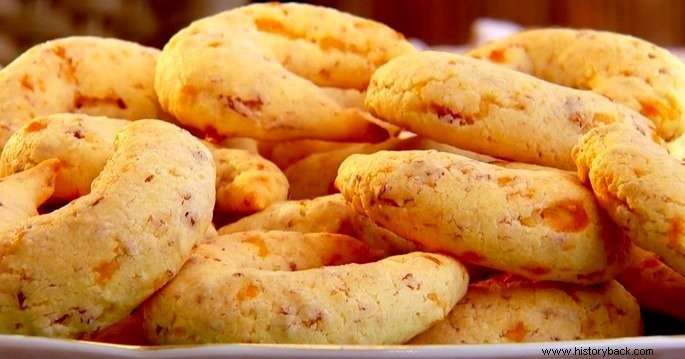
Chipa is an original dish from Paraguay that became popular and became typical of the Center-West Region of Brazil.
Maria Isabel
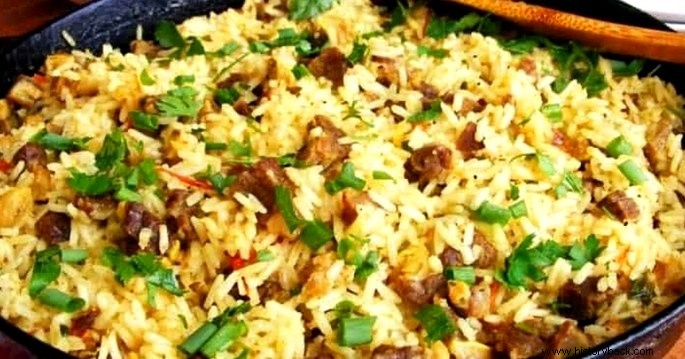
Maria Isabel is a rice dish with dried meat. In Cuiabá and Mato-Grosso, it is sometimes served with banana farofa.
Other typical dishes of the Midwest Region
- Bolivian rice
- Caribbean
- Curau
- Goiano Empadão
- Banana farofa
- Chicken
- Pinted Mojica
- Pamonha
Crafts from the Midwest Region
The craftsmanship of the Midwest is rich and heavily influenced by indigenous culture. See some examples.
Ceramics
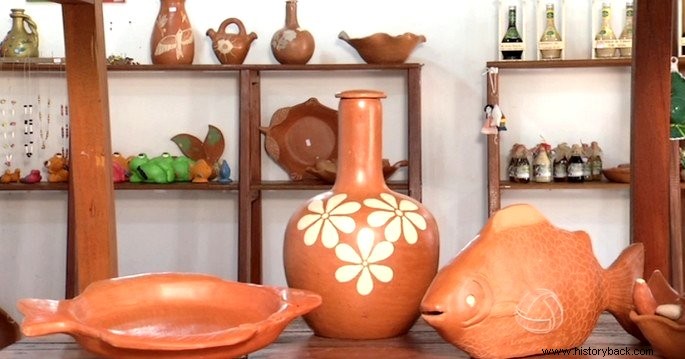
Ceramics designates the art of making objects out of fired clay and also the manufactured objects themselves.
Wooden carving
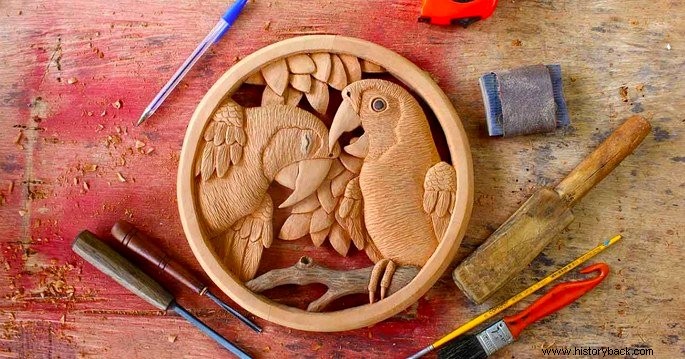
A carving is a work made by means of sculpture.
Other types of handicrafts from the Midwest Region
- Feather art
- Crafts with silver
- Crafts with gemstones
- Embroidered nets
- Tapestry
Folk myths and legends of the Midwest Region
Discover the main myths and legends of the Central-West Region of Brazil.
Bottle foot
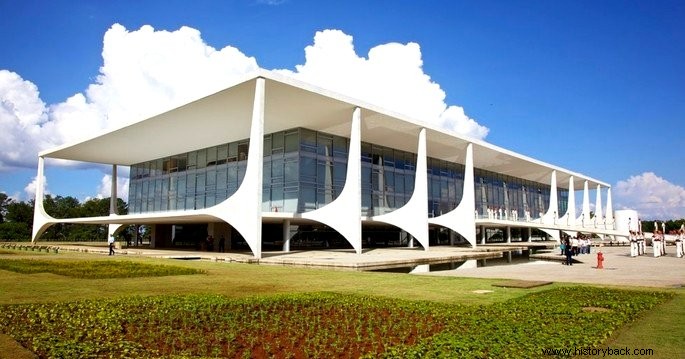
The bottle foot is represented by a being that lives in the forest. Its body is covered in fur and it has a leg that, instead of a foot, is shaped like a bottle.
It is said that you can only escape the Foot-of-Bottle if you are able to reach your navel, the place where your weakness is.
Romãozinho
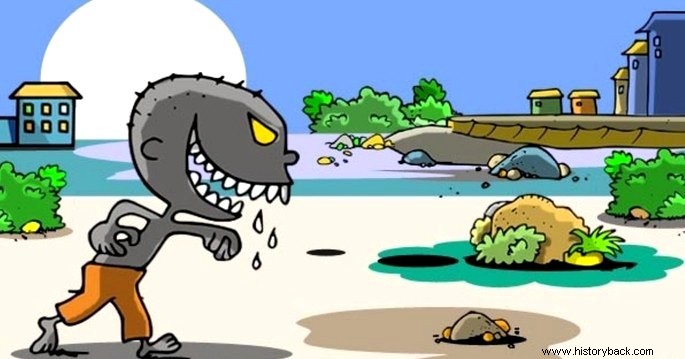
Romãozinho is represented by a very naughty boy, who mistreats animals and plants and scares people.
Legend has it that Romãozinho's father killed his wife because of a lie that his son told. Instead of feeling bad about the situation, the boy was amused.
Other myths and legends of the Midwest Region
- Tongues
- House of 365 Windows
- Creation of the World
- Werewolf
- Mother of Gold
- Minhocão do Pari
- Nego D'água
Touristic Points of the Midwest Region
See which are the main tourist attractions in the Midwest.
Planalto Palace

The Planalto Palace is located in Brasília, in the Federal District, and is the seat of the Presidency of the Republic of Brazil.
Chapada dos Veadeiros National Park
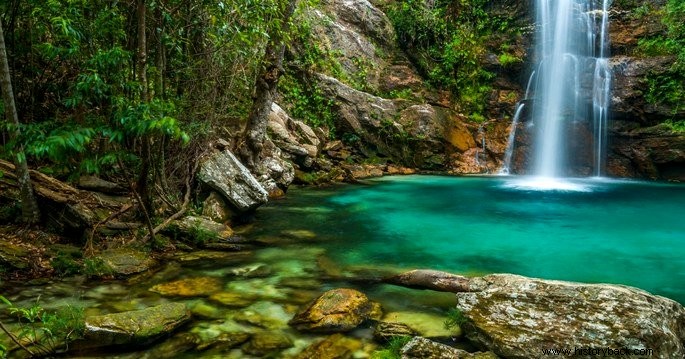
Chapada dos Veadeiros National Park is located in Goiás. In 2001, it became part of the UNESCO World Heritage List.
Chapada dos Guimarães
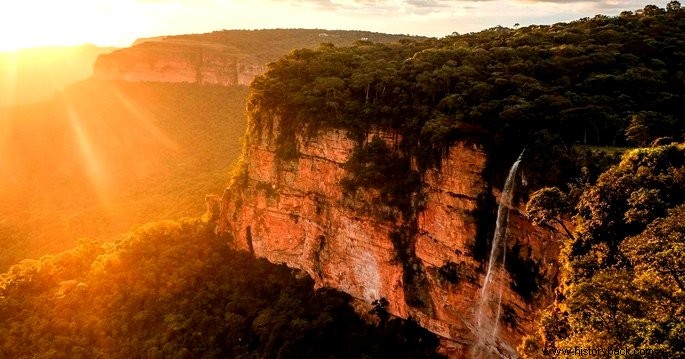
Chapada dos Guimarães is the main tourist spot in the state of Mato Grosso. The place attracts not only tourists from Brazil, but also foreigners who are dazzled by the beautiful natural landscape of the place.
Blue Lake Grotto
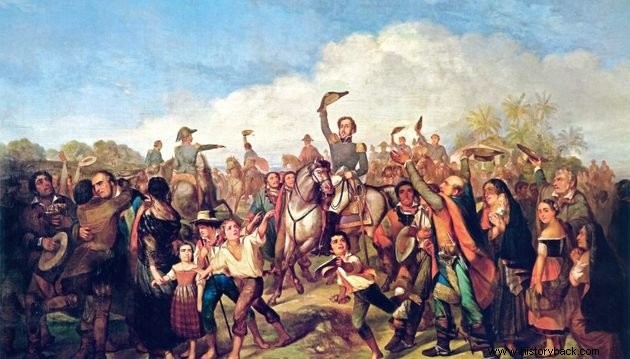
The Lago Azul Cave is located in the city of Bonito, in Mato Grosso do Sul. In 1978, it was considered a natural monument by IPHAN (Instituto do Patrimônio Histórico e Artístico Nacional).
See also:Historical HeritageReligion of the Midwest Region
Check out the existing religions in the Midwest, according to the 2010 IBGE Demographic Census.
- Catholicism
- Spiritism
- Protestantism
- Umbanda
- Candomblé
- Evangelical Religion
- Eastern Religions
It is also worth noting that, according to the IBGE 2010 census, 8.0% of the population has no religion.
See also:ReligionCuriosities about the Midwest Region
- Brazil's capital, Brasília, is located in the Midwest.
- Brasilia is considered by UNESCO as a World Heritage Site.
- The Midwest is the second largest region in Brazil.
- The largest number of inhabitants in the Midwest region is in Brasília.
- It is the region that produces the most cereals and grains .
- Agribusiness is the main economic activity in the region.
Also read about the culture of other Brazilian regions :
- Cultural diversity in Brazil
- Southeast Culture:Discover its Traditions
- Culture of the North:Know Its Wealth
- Northeast culture:everything you need to know
- Southern culture:parties, dances and more
Folklore Quiz
7Graus Quiz - Quiz | How much do you know about Brazilian folklore?Don't stop here! Toda Matéria has selected a series of very rich texts to help you expand your knowledge :
- Brazilian folklore:legends, games, songs, dances and parties
- Legends of Brazilian Folklore
- Origin of popular expressions you need to know
